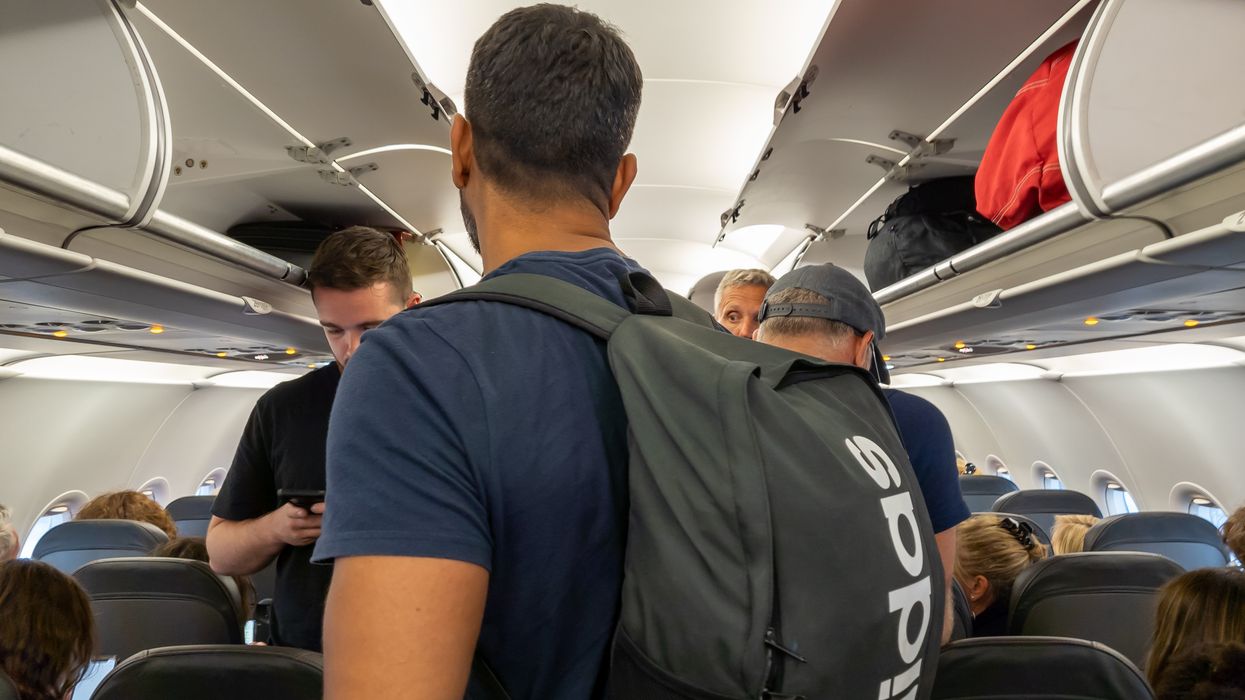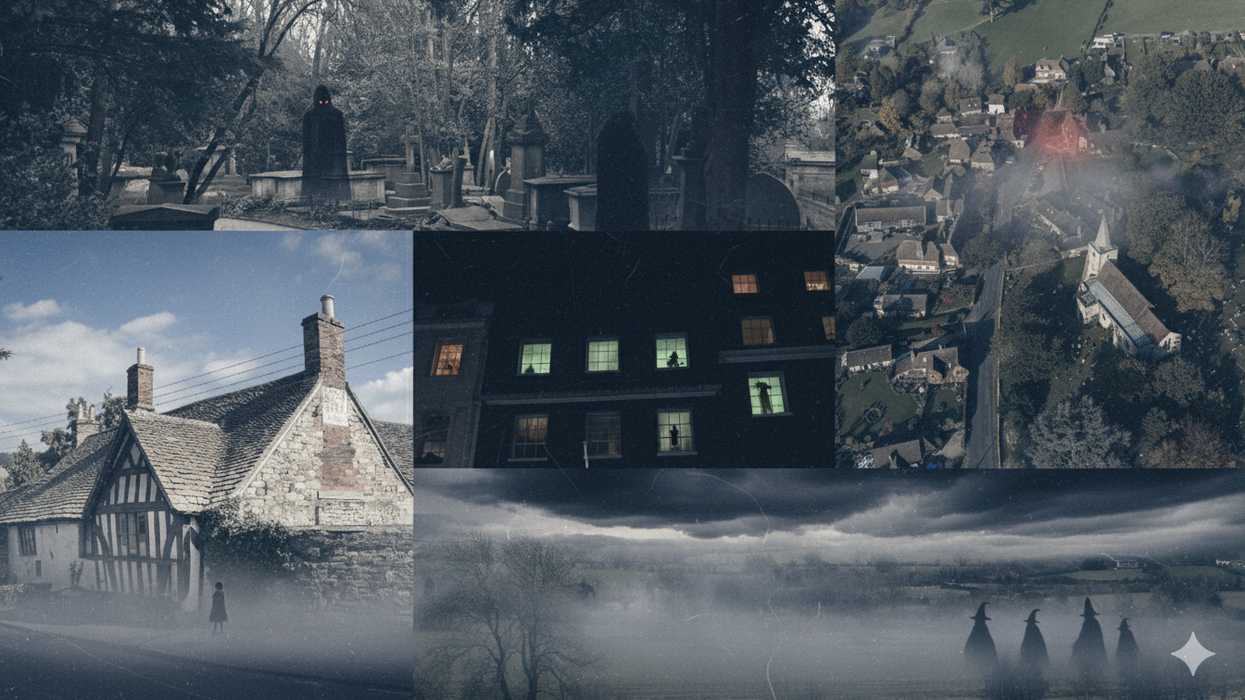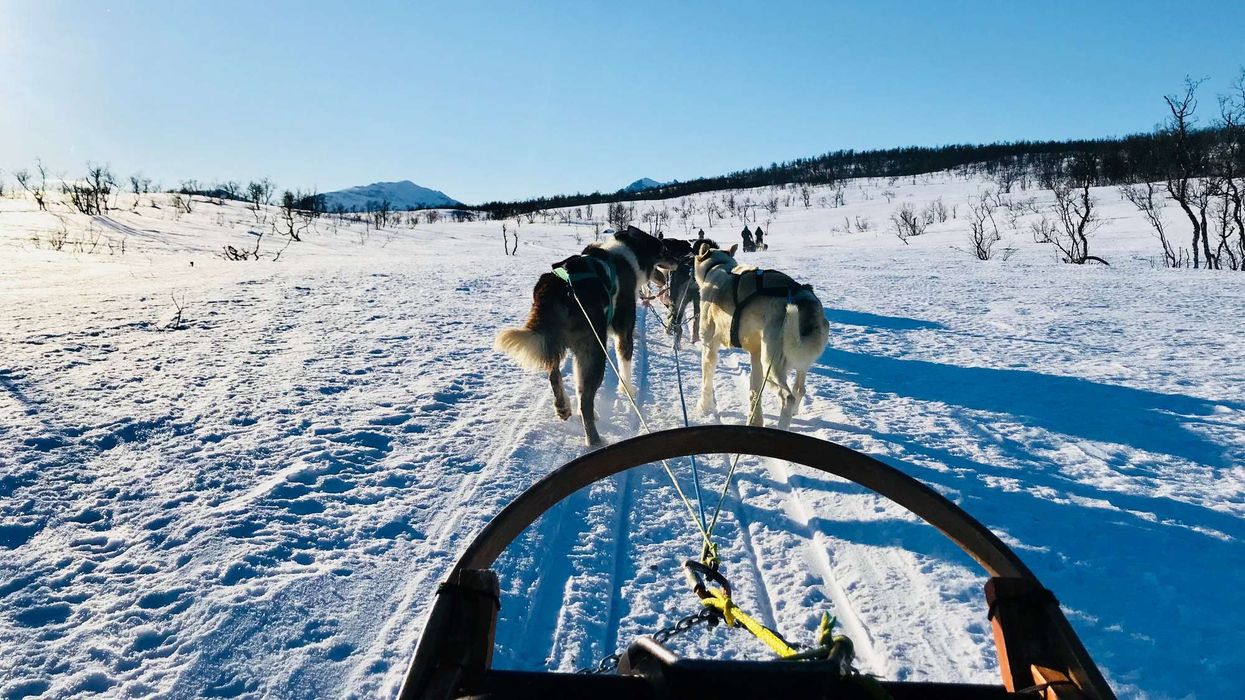Travellers in Turkey may now face fines if they stand up too early when disembarking from an aircraft. Under a new rule introduced by Turkey’s civil aviation authority, passengers who rise before their row is called could be penalised with a $70 (£52) fine.
The regulation is aimed at curbing the common habit of passengers jumping out of their seats as soon as the plane lands, often in a rush to retrieve bags and be among the first off the aircraft. The new rule is designed to enhance safety and promote an orderly disembarkation process.
According to reports from the German DPA news agency, Turkish airlines are now required to make clear announcements reminding passengers to remain seated until the aircraft reaches its parking position. The rule applies even after the seatbelt sign has been switched off, with explicit instructions that passengers must not stand until it is their turn to leave.
The civil aviation authority has stated that any violation of this regulation will be reported and could result in a financial penalty.
The new measure affects all airlines operating in Turkey, including Turkish Airlines, which flies to more than 300 destinations in 131 countries. The regulation is expected to impact millions of passengers travelling through Turkish airports each year.
The authorities hope the fines will deter passengers from prematurely standing and crowding the aisles, which is not only disruptive but can pose safety risks while the plane is still taxiing.
In addition to Turkey’s initiative, other major airlines in the region are reportedly considering similar policies. Carriers such as Emirates and Qatar Airways are said to be reviewing measures to maintain safer and more efficient disembarkation procedures.
This move is part of a broader trend among airlines to enforce stricter rules around passenger behaviour. In the United States, American Airlines is trialling a new system to manage boarding more effectively. At select US airports, passengers who attempt to scan their boarding passes before their group is called are met with an alert sound and a message for gate agents. The airline says the measure is designed to improve the boarding experience and ensure priority boarding benefits are respected.
Together, these efforts reflect a growing industry focus on passenger compliance and operational order during both boarding and disembarking processes.







 During summer and autumn, when snow is absentiStock
During summer and autumn, when snow is absentiStock






